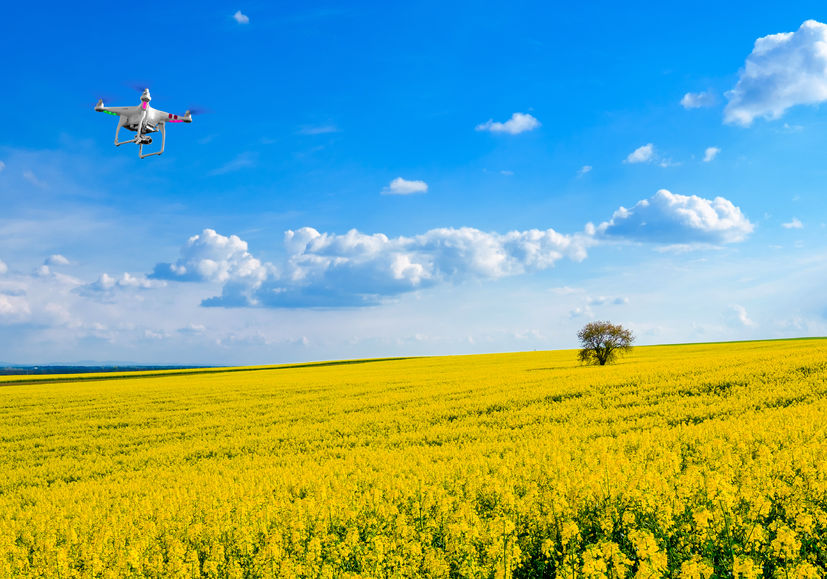
Agri-chemical giant Bayer and Rothamsted Research have entered into a collaboration that will support the development of more sustainable means of tackling pests, pathogens and weeds.
Building on a track record of collaborations, the partners are forming the strategic alliance to support a ‘digital revolution’ for detecting and managing biotic threats.
These could be pests, pathogens and weeds, and the agreement would allow more sustainable methods of combatting these threats.
Co-ordinated activities, in the laboratory and in the field, will help the partnership generate the data amd know-how that will help to support a transition to smarter crop protection.
The partners will work together in a number of research areas: from real-time detection of pests in the environment to understanding the evolution of resistance; and from the identification of new modes of action of insecticides to novel approaches to controlling pests.
Stresses
Dr. Adrian Percy, Global Head of Research and Development at Crop Science, a division of Bayer said: “Crops are exposed to a wide range of both biotic and abiotic stresses, and we expect our enhanced collaboration with Rothamsted to help us develop a better understanding of how these factors can be more sustainably managed to reduce crop losses worldwide and manage resistance more effectively.”
“At the heart of our research lies the need to feed a growing world population in a more sustainable manner,” said Achim Dobermann, Director and Chief Executive of Rothamsted.
“Although research institutions such as ours can contribute much in addressing that challenge, we need to partner with others, including industry, to achieve real breakthroughs and have bigger impacts.
“This alliance will provide us with a whole new opportunity to work together on complex challenges, towards making farming more precise, more productive … and more sustainable.”
Progress towards more sustainable practices is moving at an unprecedented rate.
The agricultural environment is now one in which data can be collated and accessed electronically to model and forecast quickly how threats are evolving, and so provide farmers with better and more timely guidance.
